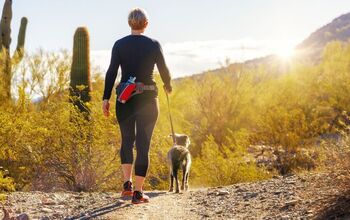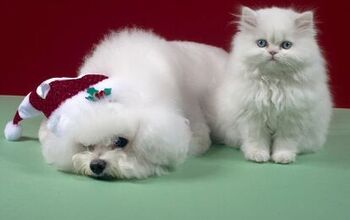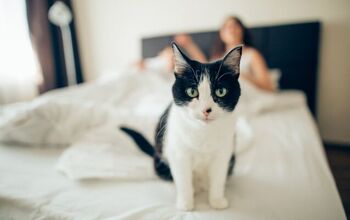Weighty Facts About Feline Obesity


More than half of the cats in the United States are either overweight or obese, and almost half of all cat owners think that their obese or overweight cats are at a normal, healthy weight. This is a problem because being overweight could make your pet more susceptible to an array of diseases, and it could even affect his quality of life and longevity.
Here’s what you need to know about feline obesity so you can help your kitty maintain a healthy weight.
Related: How Much Should I Feed My Cat?
Increased Risk of Disease
Obesity is considered one of the biggest health risks for pets. If your kitty is overweight or obese, his risk for kidney disease, hypertension, osteoarthritis pain, breathing problems, diabetes, and heart disease, among other conditions, could be higher.
Pets that are at a healthy weight may also live an average of 2.5 years longer than those who are overweight.
Related: How to Tell If Your Cat Is at a Healthy Weight
The Reasons Why Cats Are Gaining Weight
Several factors can contribute to weight gain in felines:
- If you feed your cat a low quality food or you give him too many treats, he is more likely to gain weight. Your vet may recommend a low-calorie or low-carb food that contains higher quality ingredients and the right balance of nutrients to help your cat slim down.
- Your cat may also end up gaining too much weight if you provide him with too much food, so leaving a bowl of dry food out all day and night could be the culprit, as could large portion sizes or feeding your cat too often.
- Failing to give your cat a means to play and stay active could cause him to become too sedentary, and that could lead to weight gain as well. Scheduling just a few minutes of interactive playtime every day could make a difference, as could a variety of cat toys that you can leave around the house for your pet to find.
- Even though it’s tempting to give your cat a “human food” treat every now and then, such as a potato chip, milk, or cheese, these foods could also lead to weight gain, so if your kitty is overweight or obese, it’s best to ask your vet about the foods that he can eat and which ones need to be cut from his diet for the best results.
Weighing Your Cat Doesn’t Have to Be Hard
Talk to your vet about how much your kitty should weigh. Then monitor his weight by checking it at home on a regular basis.
It will likely be difficult to put your kitty on a scale and have him sit still, so try a different approach: Stand on your scale while holding your pet in your arms. Write down the total weight and then subtract your own weight from that total to get the amount that your cat weighs.
What Does a Healthy Weight Look Like?
In addition to weighing your cat on a scale, you can also look at his appearance to determine if he should lose a few pounds of if he is at the ideal weight.
- Your pet’s face should have a clear bone structure and should be slim in appearance.
- You should also be able to note a clear definition between your pet’s neck and head.
- When you pet your kitty’s side gently, you should be able to slightly feel the ribs.
- When you look at your cat from above, you should be able to see that his abdomen is slightly slimmer than his hips and chest.
To put things in perspective, every pound that your cat gains could be equivalent to 20 pounds in a human. Therefore, find out what your cat should weigh, based upon his size and breed, and then take the appropriate steps to maintain your cat at that healthy weight. Work with your vet to determine if your kitty is overweight or obese, and to come up with a weight loss plan that will keep your pet healthy and happy.

Lisa Selvaggio is a freelance writer and editor, and our resident cats-pert, with certifications in pet nutrition and pet first aid. She enjoys producing content that helps people understand animals better so they can give their pets a safe and happy home.
More by Lisa Selvaggio






















